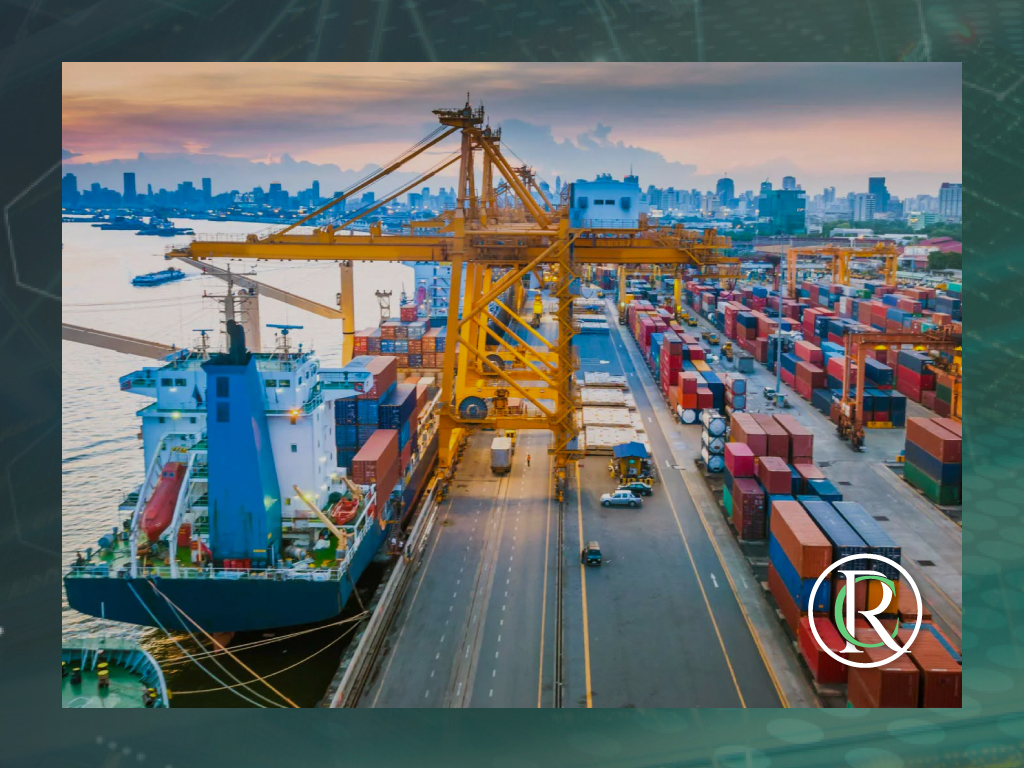The country or market to which the company will export is not the one in which the company has a friend or relative to whom the goods can be sent. This is one of the most common mistakes that lead to failed results due to the exporter’s poor research. Randall Castillo Ortega, a global trade expert from Costa Rica, identifies the factors exporters need to study before selecting a new market.
Although you already have a contact, you do not start a business to make a sale. In order to detect commercial opportunities clearly, it is essential to identify, know and evaluate the market situation to date and in the future (trends).
On the other hand, in the case you do not have a thoughtful market, I suggest collecting statistics of world imports of your product or similar to yours for the last 3 to 5 years. With this data, you must elaborate a ranking of the importing countries, the participation by country, the evolution of imports by country, also the participation of your country as a supplier in each importing location.
This will allow you to identify countries where the consumption of the chosen product is growing and your country has a presence. Then, select from three to five countries in which you will need to identify, know and evaluate the market situation to date and in the future (trends).
For this process, the company must take into account the following factors to make the decision on where it will export its products. These factors will allow you to identify the market where the demand for the product to be exported is large, where purchase volumes are the highest, where your economy is growing rapidly, and where favorable conditions are presented in terms of accessibility.
Tariff Systems and Trade Agreements signed by your country, imply facilities or difficulties for the entry of your product into the target country. These barriers can represent an overcharge, when applying a payment of import duties of the product, to the total prohibition of the entry of the merchandise. Therefore, the evaluation of this point must be the first in the order of analysis that the company must perform. If it is discovered that the product cannot enter the evaluated country, it simply stops proceeding with the analysis of the rest of the variables.
Asserts Castillo, “The instability of a country is represented through the concept of the so-called Country Risk. As is evident, the condition of instability hinders commercial processes, their payments and allows the partial or total loss of the merchandise. It also evaluates the growth and projections of the country’s economy in terms of GDP.”
The level of demand is measured in terms of the level of income (per capita) and the quantity demanded of the product to be exported. Here it is evident if there is a demand or a purchase potential for the product to be exported.
For this, two aspects are analyzed, whether the country’s population has a stable or intermittent purchasing power and if the population of the country consumes continuously or intermittently (commercial windows) the product to be exported.
At this point, the distance or cultural closeness (language, values, commercial practices, tastes, traditions, etc.) between the exporter and his customers will begin to be carved. For some exporters, it is easier to negotiate with customers who speak their language, who have the same customs, culture, etc. For others much more prepared, languages or customs will not constitute any barrier.
Also, given the characteristics of the product to be exported, it may or may not be accepted by consumers in other countries. In some countries, especially developing countries, logistics become complex, time-consuming and expensive due to faulty means of communication and transport.
“Many times,” explains Castillo, “you have interesting orders, but there are no means to send them to the requesting country, or if there are, they are not adequate, neither fast nor much less efficient, losing this business opportunity. Because of this, for some exporters, the geographical proximity of their customers is of utmost importance.”
Coordination costs to confirm the transport and logistics of products are also important. What should be verified at this point is if there are companies in the country that are exporting the same or something similar to the country you want to export. Obviously, it will be easier to export a product where other exporters have already been doing so; otherwise, a series of inquiries must be made in order to verify the possibility, costs and difficulties of sending the product to the place of demand.
Once the importing countries have been evaluated, you will be able to make the decision where to export your products more efficiently. Then, once the importing country or countries have been identified, you can use the directories and statistical facilitating agencies to obtain the names of the importing companies abroad, who will constitute your first list of potential customers. A review of the import statistics of the target markets (imports from those to whom we wish to sell) will make it possible to identify their suppliers, i.e., the company’s competitors from the rest of the world.

